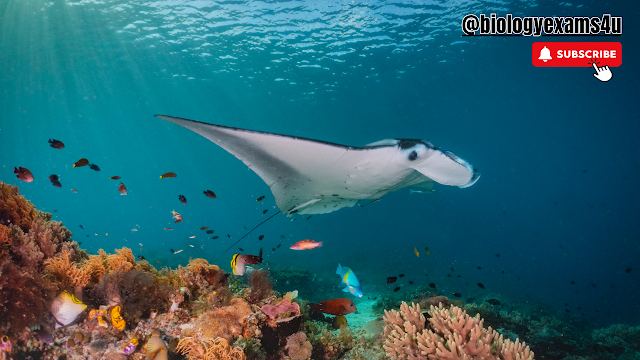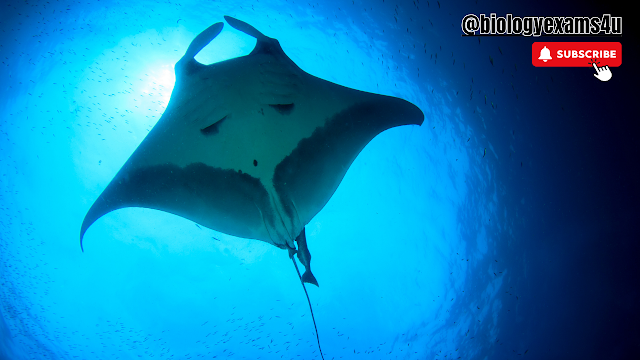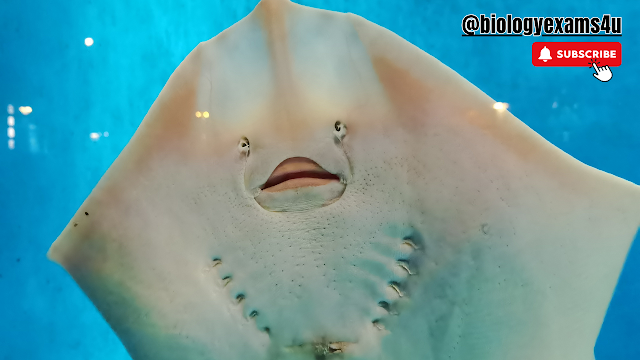Manta rays are close relatives of all sharks and rays, meaning they have a skeleton made of cartilage rather than bone. Mantas are found in warm temperate, subtropical and tropical water. 
The name "manta" is Portuguese and Spanish for mantle, a type of blanket-shaped trap traditionally used to catch rays. Mantas are known as "devilfish" because of their horn-shaped cephalic fins, which are imagined to give them an "evil" appearance.
Manta Facts
- Despite their enormous size, mantas eat small organisms known as zooplankton.
- Manta rays are near relatives of all sharks and rays, which means they have a cartilage skeleton rather than a bone skeleton.
- Every manta ray has a distinct spot pattern on its belly that may be used to identify it, just as our fingerprints can identify us!
- Manta rays are truly massive, spanning seven metres from wingtip to wingtip and weighing up to two tonnes!
- After 12.5 months of gestation, mantas give birth to a single youngster.
- Mantas have one of the largest brains among fish. Their inquisitiveness and complicated social relationships undoubtedly contribute to this!
- Manta rays are absolutely non-toxic and thus popular among divers and snorkelers.

- Unfortunately, Manta and devil ray populations all across the world are under peril, and their numbers are declining in many areas.
- In China and East Asia, manta and devil ray gill plates are consumed as a pseudo-remedy. This is the primary motivator behind their capture.
- Manta and devil rays can become trapped in fishing nets and die as a result. Even when released alive, it does not appear that they have a high survival rate.
- Overcrowding and bad in water behavior can drive mantas away from vital cleaning and feeding locations due to unsustainable and unregulated tourism.
- Climate change has the potential to alter the distribution and abundance of zooplankton, which mantas feed on. Coral bleaching may also destroy habitat around cleaning stations.
World Manta Day is returning on 17th September 2023! This special day has been created to celebrate manta rays and to raise awareness of the threats that these beautiful, mysterious, ocean giants face.
The theme of this year’s World Manta Day is TOURISM (2023)
Tourism is important in manta ray conservation because it raises awareness, generates cash for research, and helps to maintain manta ray habitats and avoid exploitation. However, it is critical that Manta ray tourism is properly regulated in order to promote responsible visitor practices and prevent human influences on their fragile habitats, which, if managed sustainably, contributes to the long-term survival of these amazing animals.

